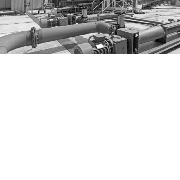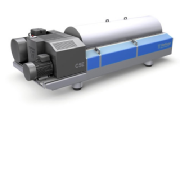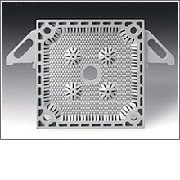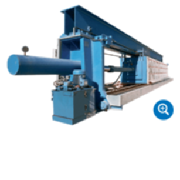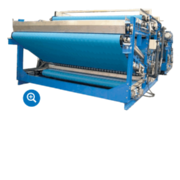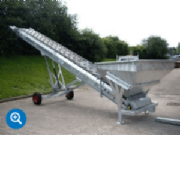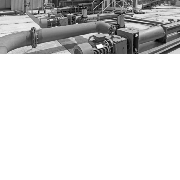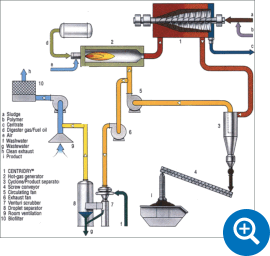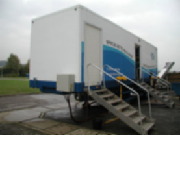What happens after you flush? Dewatering in the sewage sector
25 November 2019Those who enjoy the works of Charles Dickens will feel that they have a good knowledge of the London of the 19th century through novels like Nicholas Nickleby and Our Mutual Friend. The latter, in particular, had the Thames flowing through the meandering storyline, almost like a character in its own right. It’s easy to get caught up in the world Dickens described and to dream of visiting those long gone days, but if we could do so, it might not be quite as quaint and idyllic as we imagine.
Back then, there was no sewage system in London, and everything, from animal carcasses to rotten vegetables to human faeces ended up in the Thames. In the unusually hot summer of 1858, while Dickens was travelling the country on his first reading tour, the city he loved ground to a halt in what was known as The Great Stink. Relief only came when London’s network of sewers was created in the late Victorian period.
In the century and a half since The Big Stink, London’s population has quadrupled to around eight million, but all that waste they produce is something that most don’t even think about. So just what happens to it?
Initial filtering
The first step involved is filtering/screening out all those things that should not be there in the first place. These typically include sanitary towels, cotton buds, nappies and “other objects” that will be left unmentioned. Then the screened wastewater is stored into separation tanks, where oxygen is added and it is gently mixed to encourage solid particles to form clumps and drift to the bottom where they form a sludge. The sludge and the water are then sent in different directions for their own secondary treatments.
Sludge dewatering
There are various forms of treatment processes that can be used to process the sludge, following which it is more than 95 percent liquid. The next course of action is to reduce the solids using a decanter centrifuge that spins at high speed, pushing the solids one way and the liquid the other. This process reduces the volume of liquid to between 80 and 85 percent.
From there, the solid matter can be shipped off for disposal or to other processes designed to recover energy for beneficial use or minimise disposal costs
All these processes take place 24 hours a day, 365 days a year, and help ensure that the days of the big stink are permanently consigned to the history books.


